Your cart is currently empty!
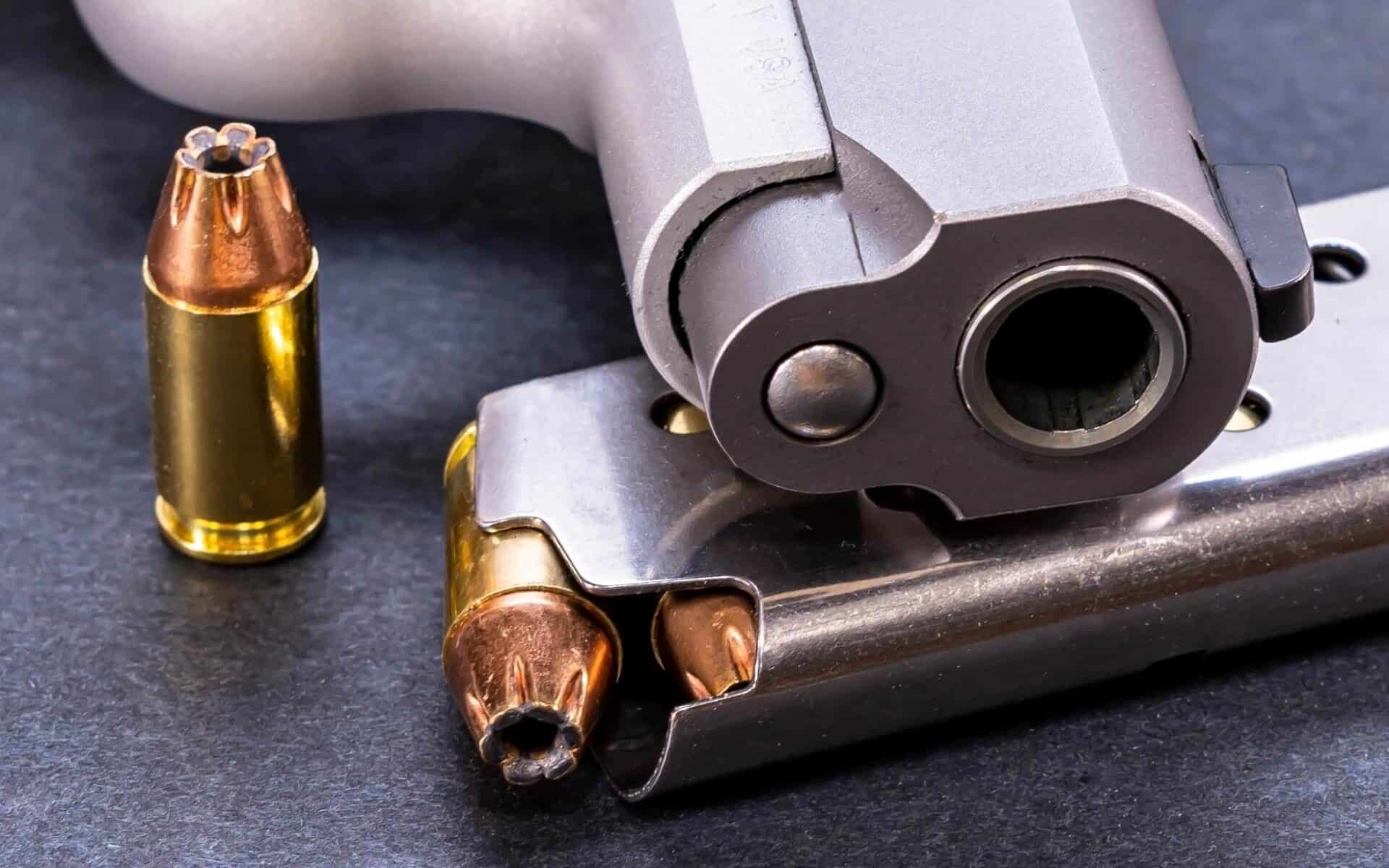
380 vs 32 ACP: Caliber Comparison
When it comes to firearm caliber, two notable contenders for personal defense weapons are the .380 ACP and the .32 ACP. Both have gained popularity due to their compact size, relatively light recoil, and their use in trusted firearms such as the Walther PPK and the Beretta Tomcat. This comparison is not just about simple numbers, but also how these calibers behave in a real-world scenario. The trigger pull, felt recoil, shot placement, and ammo capacity – it all matters whether you are on the range or defending yourself against a bad guy. Today, we’re going to dissect the .380 ACP and .32 ACP so you can understand the differences and make an informed decision.
Understanding the Basics of .380 and 32 ACP
To effectively make a comparison between 380 and 32 ACP, it’s crucial that we first understand the basics of each bullet type and appreciate the unique characteristics that make them the preferred choice in various scenarios.
ABOUT .380 BULLETS
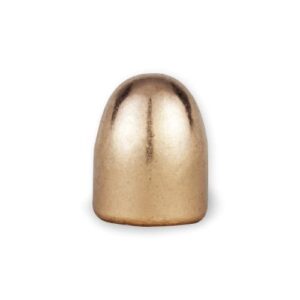
Known officially as the .380 Automatic Colt Pistol (ACP), but often referred to as the “9mm Short,” this caliber is a popular choice for concealed carry handguns. The .380 ACP was developed by firearms designer John Moses Browning and introduced in 1908 by Colt Manufacturing Company. It is known for its optimal balance between size, stopping power, and recoil.
Popular models such as the Walther PPK, a compact pistol famously associated with fictional British agent James Bond, and the Kel Tec, heralded for its lightweight design, utilize the .380 ACP. This caliber fits the bill for a reliable pocket pistol, conveniently lightweight and easily concealable without compromising the power required for effective self-defense.
ABOUT .32 ACP BULLETS
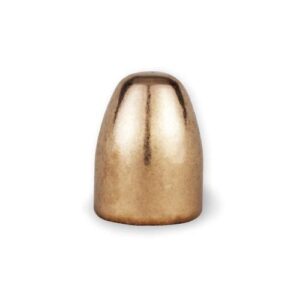
Also designed by John Browning, the .32 Automatic Colt Pistol (ACP) was introduced a little earlier in 1899. Commonly used in compact and subcompact handguns, it is often referred to by other names, including the .32 Auto and 7.65 mm Browning Short.
With slightly less stopping power and a smaller bullet diameter than the .380, the .32 ACP gives up some bullet mass for reduced recoil and better control, making it the preferred caliber for those who require or prefer less recoil. Firearm models alike NAA Guardian, a compact pocket pistol, and the Beretta Tomcat, famed for its unique flip-up barrel design, are well-known users of the .32 ACP.
MADE FOR “POCKET PISTOLS”
In terms of pocket pistols, both .380 and .32 ACP fit the category perfectly. A pocket gun, or mouse gun, refers to a small gun designed to be easily concealed and carried in one’s pocket or on their person in a discreet manner. Their compact size, reduced weight, and sufficient stopping power make them well-suited to concealed carry situations and use for personal defense.
.380 vs 32 ACP: Performance Comparison
Now that we have a foundational understanding of the .380 and .32 ACP, we arrive at the heart of this comparison: performance. From stopping power to muzzle velocity, each bullet’s unique strengths are brought to light through cross-examination.
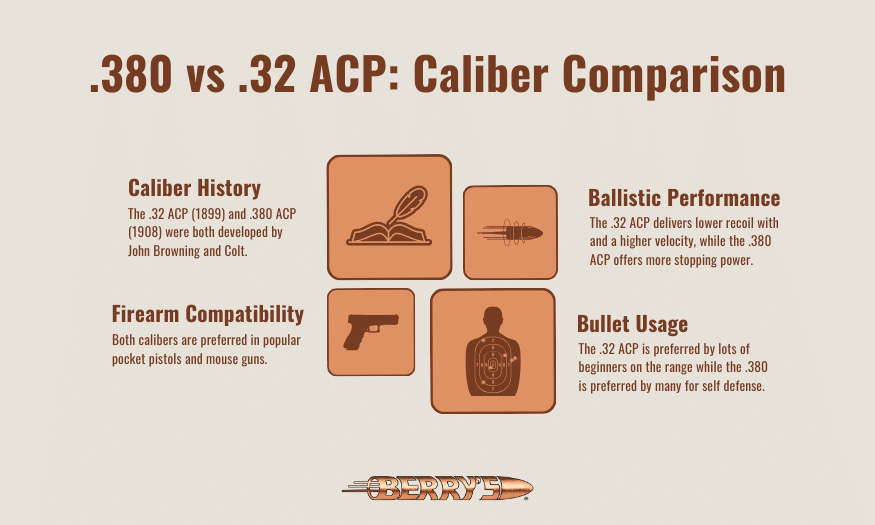
380 VS 32 ACP: STOPPING POWER
The term stopping power is often tossed around when comparing different calibers. Essentially, this refers to the ability of a firearm to incapacitate an attacker. With the .380 and 32 ACP, there’s a noticeable difference in stopping power. The .380 (all other factors equal) has more stopping power than the 32 ACP. This is attributed primarily to its larger diameter and heavier bullet, which typically results in greater tissue damage. For this reason, some might argue that the .380 is more effective for self-defense.
380 VS 32 ACP: MUZZLE VELOCITY & ENERGY
Muzzle velocity and energy also distinguish these calibers from one another. The .380 ACP, with a heavier bullet, generally has less velocity than the 32 ACP. Muzzle energy (computed from the weight and velocity of the bullet) tends to sway in favor of the .380 ACP.
380 VS 32 ACP: SHOT PLACEMENT
An often overlooked aspect in choosing a caliber (whether for self-defense or recreational shooting) is shot placement. Undeniably, a well-placed shot with a .32 ACP can be more effective than a poorly-placed shot with a .380 ACP. Shot placement matters immensely, potentially outweighing the ballistic advantages of one caliber over another.
380 VS 32 ACP: FIREARM COMPATIBILITY
Moreover, how a firearm handles a certain caliber can dramatically influence the perceived effectiveness of the bullet. The Ruger LCP and Bersa Thunder are acclaimed for their sleek, compact designs, and coupled with the .380 ACP can be remarkably efficient. Meanwhile, the Walther PPK tends to favor the performance of the lighter 32 ACP for those finding value in maneuverability and reduced recoil.
Here, it becomes evident that making a definitive choice between these two calibers is not as simple as picking the one with more stopping power or higher muzzle velocity. Instead, it’s a careful balance between personal requirements, shooting comfort, and the practical environments in which the firearm will be used.
380 & 32 ACP: Use Cases
Having established a fair comparison of .380 and 32 ACP on technical grounds, it’s time to evaluate these calibers considering their direct implications in real-world scenarios. Performance on paper can be incredibly different from what you can expect to see in actual use cases. Their performance and suitability can vary significantly depending on the specific requirements and preferences of the shooter.
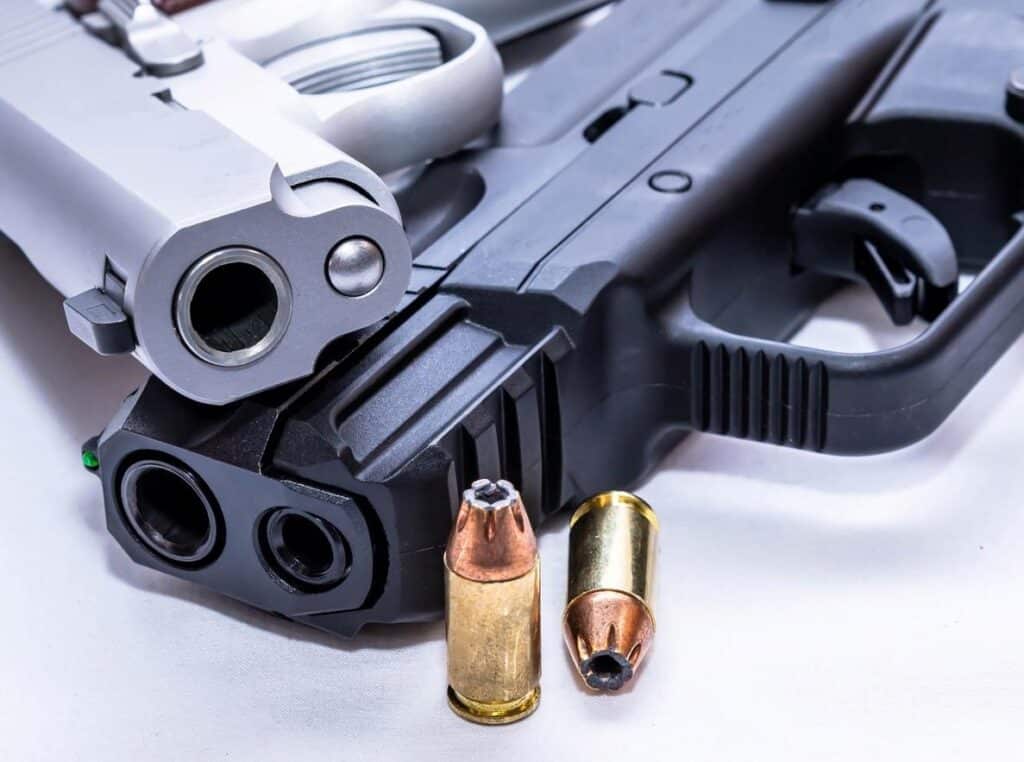
RECREATIONAL SHOOTING
When it comes to recreational shooting, which includes activities like target shooting and plinking, both calibers can provide enjoyment and skill development. However, their characteristics lead to somewhat different experiences:
- .32 ACP: Known for its lower recoil, the .32 ACP is an excellent choice for beginners or those with sensitivity to recoil, facilitating longer shooting sessions without discomfort. This caliber allows new shooters to focus on fundamentals like aim, grip, and trigger control without being overpowered by the gun’s kickback. The affordability and availability of .32 ACP ammo can also make it an attractive option for regular recreational use.
- .380 ACP: While the .380 ACP offers a bit more punch, resulting in a higher recoil than the .32 ACP, it remains manageable for most shooters and can provide a more satisfying shooting experience for those seeking a greater challenge. The .380’s wider availability in modern compact and subcompact firearms makes it a popular choice for those who wish to practice with a gun similar to their everyday carry.
SELF-DEFENSE
For self-defense purposes, the choice between .380 ACP and .32 ACP involves considerations of stopping power, recoil, and shooter proficiency:
- .380 ACP: As we mentioned in the last section, the .380 ACP is often preferred for personal protection due to its superior stopping power compared to the .32 ACP, thanks to its larger bullet diameter and the availability of more advanced hollow points designed for maximum impact and reduced over-penetration.
- .32 ACP: The .32 ACP is valued for its ease of use, particularly in high-stress self-defense situations, where the lower recoil can help in maintaining control and accuracy. It’s especially suitable for those who are recoil-sensitive or require a lighter, more compact firearm for carry. While it might not offer the same level of stopping power as the .380 ACP, the .32 ACP is still effective in self-defense scenarios.
Choosing between the .380 ACP and .32 ACP ultimately depends on the individual’s priorities, capabilities, and the specific context in which they intend to use the firearm. Whether for recreational shooting or self-defense, both calibers have their merits and drawbacks. We always recommend you try both calibers on the range before deciding on one or the other, regardless of the use case.
How Berry’s Bullets Can Help
After this in-depth comparison of the .380 and .32 ACP, it’s clear that the superiority of one over the other isn’t black-and-white. It all hinges on what you, as the user, prioritize in a bullet — larger diameter and higher stopping power, lower recoil, or perhaps a certain balance of these factors.
No matter what you prioritize in choosing a caliber – stopping power, ease of control, or a balance of both – Berry’s Bullets is equipped with superior plated pistol bullets for you. We offer a number of .380 and .32 ACP bullets, from hollow point to round nose, each one crafted with precision and a relentless commitment to quality. Whichever caliber you choose, you can trust that Berry’s Bullets will deliver the quality and performance you deserve.
